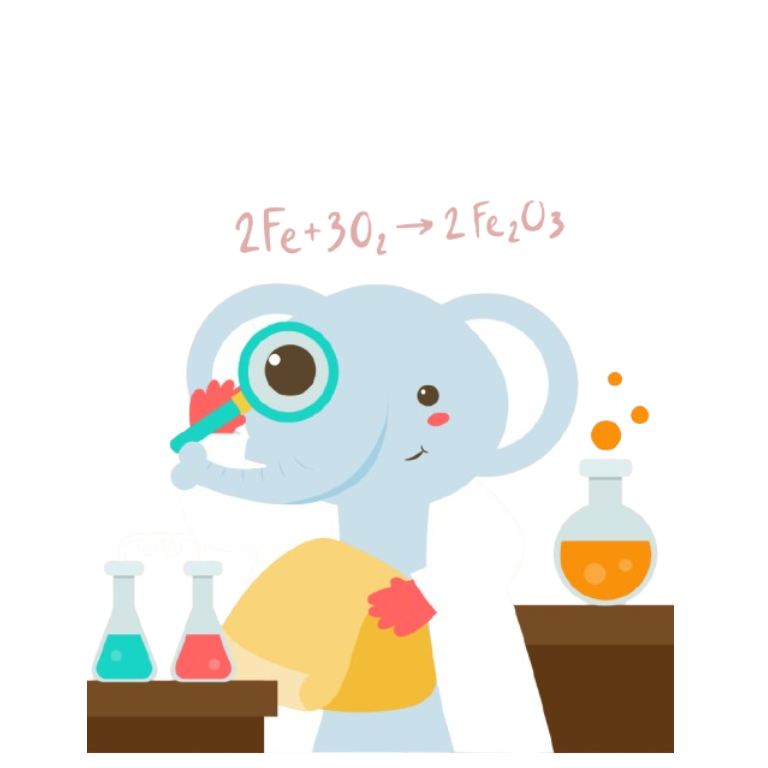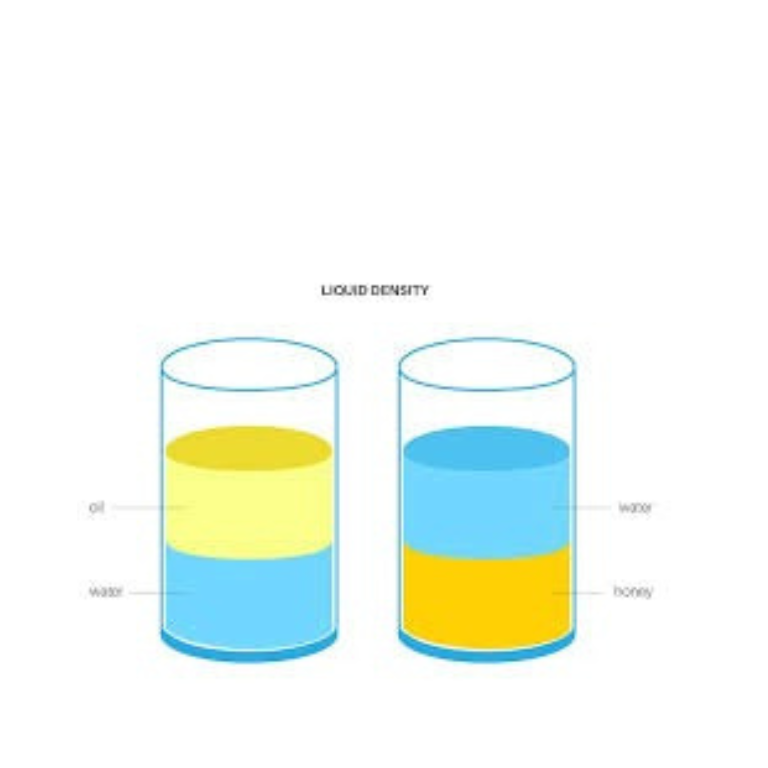Gas Laws with Balloons
Demonstrating Charles's Law and Boyle's Law
Explore how gases behave when temperature or pressure changes. Observe the balloon's volume changes to demonstrate Charles's Law (temperature-volume relationship) and Boyle's Law (pressure-volume relationship).
Gas Laws Experiment
Charles's Law: V ∝ T
Pressure: 1 atm
Temperature: 25°C
Observation:
Select a gas law to explore, then adjust the variable to see how the balloon's volume changes.
The Science Behind Gas Laws
Charles's Law (Temperature-Volume):
At constant pressure, the volume of a gas is directly proportional to its absolute temperature.
V ∝ T or V₁/T₁ = V₂/T₂
When temperature increases, gas molecules move faster and push outward more, increasing volume.
Boyle's Law (Pressure-Volume):
At constant temperature, the volume of a gas is inversely proportional to its pressure.
V ∝ 1/P or P₁V₁ = P₂V₂
When pressure increases, gas molecules are forced closer together, decreasing volume.
Key Concepts:
- Gases expand to fill their containers
- Gas molecules are in constant random motion
- Pressure results from molecules colliding with container walls
- Absolute zero (0K) is the temperature where molecular motion stops
- These laws apply to ideal gases under normal conditions


